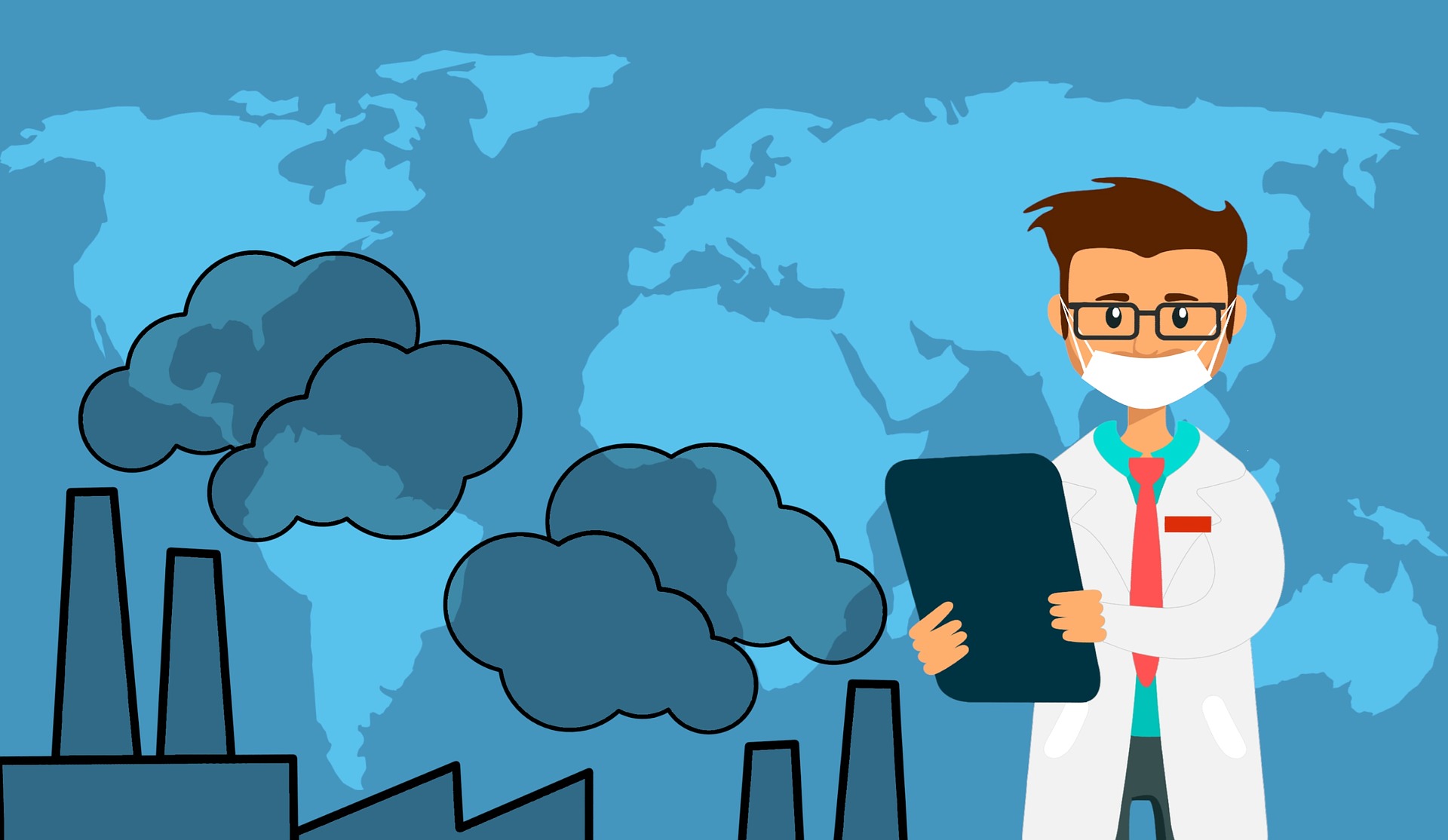Types of air pollution
- Chemical pollutants: such as carbon monoxide, sulfur dioxide, ozone, nitrogen oxides, heavy metals, chlorofluorocarbons (CFCs) and volatile organic compounds (VOCs).
- Biological contaminants: such as pollen, bacteria, fungi, viruses and molds.
- Physical pollutants: such as smoke, dust, smog, aerosols, UV radiation and noise.
- Thermal pollution: such as heat emissions from factories, power plants, cars and other sources.
- Radiation pollution: such as ionizing radiation and electromagnetic radiation.
- Water pollution: such as groundwater, surface and marine water pollution.
- Soil pollution: such as pollution of the soil by chemicals, industrial waste and garbage.
Which pollutants are the most dangerous?
Among all types of air pollution, smog, apart from radiation pollution, is one of the most dangerous. It is a type of chemical pollution that consists of sulfur dioxide, nitrogen oxides, particulate matter, ozone and other harmful substances. Smog is usually created in cities with a lot of car traffic and industry.
- Sulfur dioxide (SO2) is produced by burning fossil fuels such as coal and oil. SO2 can cause asthma and lung diseases, as well as damage plants and architectural monuments.
- Nitrogen oxides (NOx) are produced by car and industrial engines. NOx can cause asthma and lung diseases, as well as contribute to the formation of smog.
- Solid particles are fine particles of dust, soot and other substances that we absorb with the air. They increase the risk of respiratory diseases such as asthma and lung cancer.
- Ozone (O3) is a gas that is produced by chemical reactions between nitrogen oxides and volatile organic compounds. Although ozone is an important component of the atmosphere, in high concentrations it can cause health problems such as eye and respiratory irritation.
- Radiation pollution is a type of pollution that arises from ionizing and electromagnetic radiation. Ionizing radiation can cause cancer and genetic damage and even death.
It should also be remembered that air pollution does not end with smog and radiation. Water and soil are also exposed to pollutants that affect human, animal and plant health. It is therefore worth paying attention to the quality of the water we drink and the quality of the soil on which we grow our plants. Thanks to proper environmental protection and care for the quality of air, water and soil, we can provide ourselves and future generations with a healthy and safe living environment.
Conclusions
Air pollution has a serious impact on our health and the environment. Air protection is an important task that requires action at the state and individual levels. It is worth remembering that each of us can contribute to improving air quality, for example by using public transport, reducing energy consumption and recycling.

